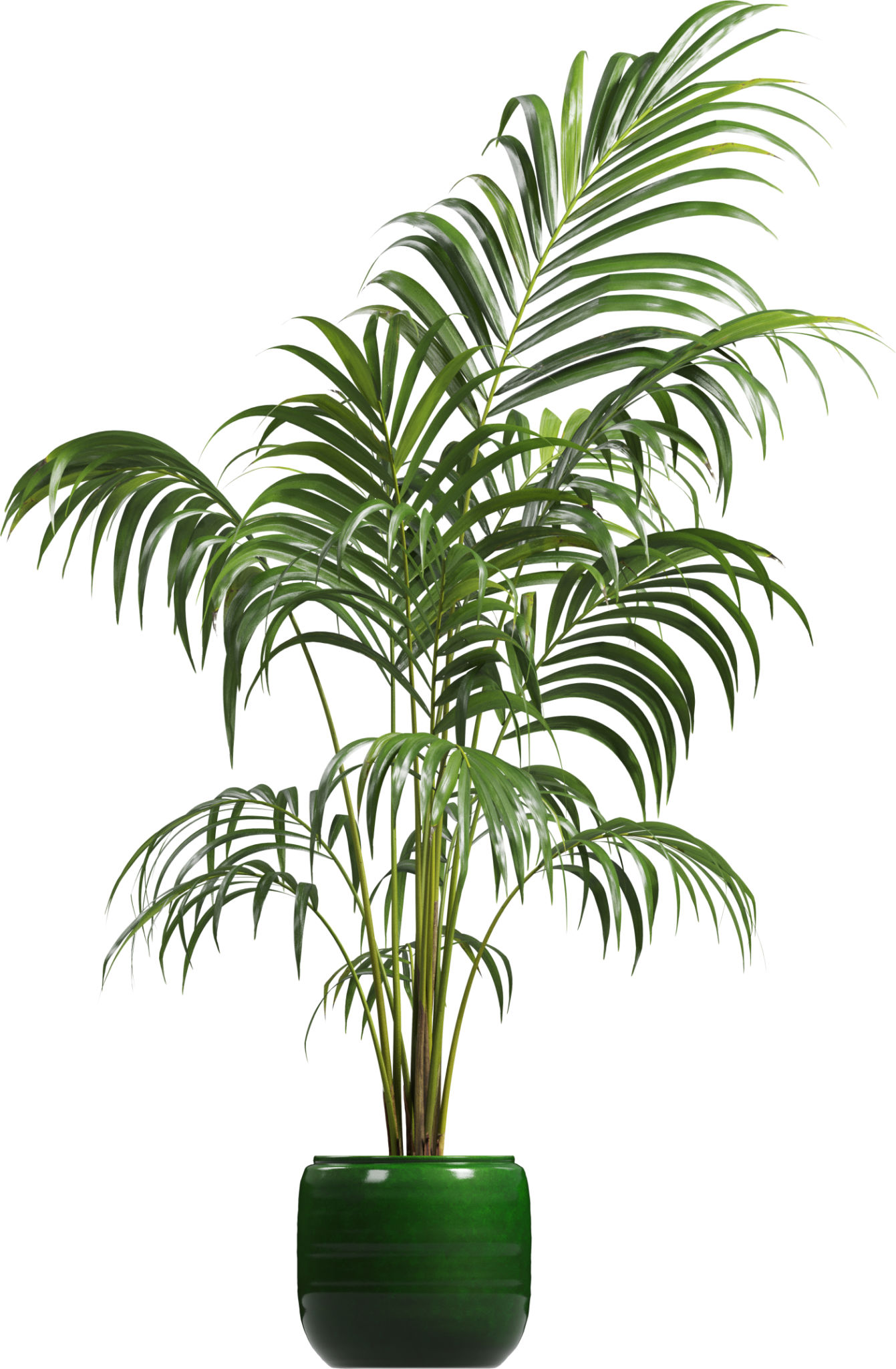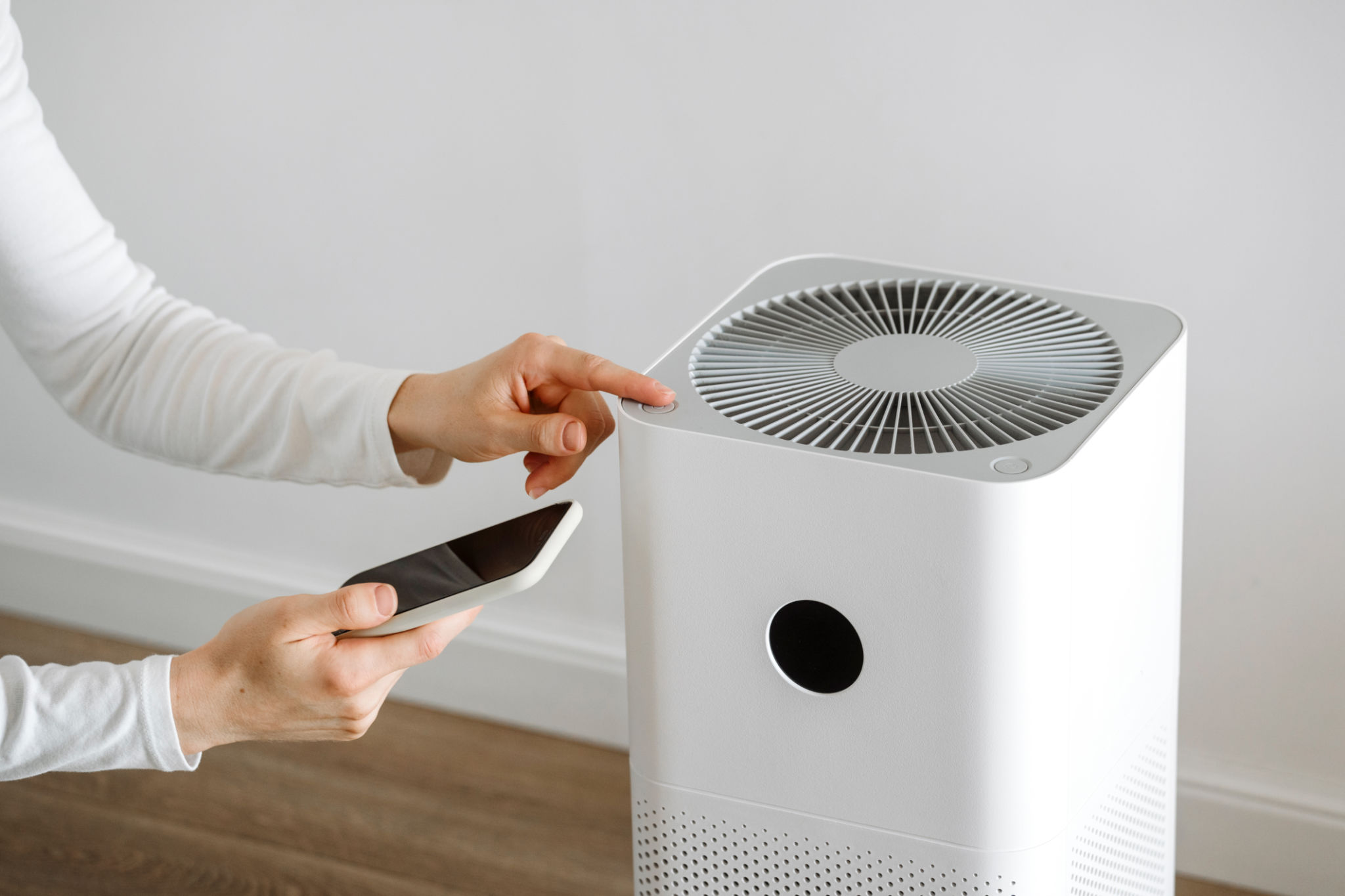Debunking Myths: Do Air Purifying Plants Really Improve Indoor Air Quality?
Introduction to Air Purifying Plants
In recent years, air purifying plants have gained popularity as a natural solution to improve indoor air quality. The idea is enticing: simply add a few leafy greens to your home, and breathe cleaner, healthier air. But how effective are these plants at actually purifying the air? Let's delve into the science and separate fact from fiction.

The Origin of the Myth
The notion that plants can purify indoor air stems largely from a NASA study conducted in 1989. This research aimed to explore ways to clean air in closed environments, such as space stations. The study found that certain plants could remove specific volatile organic compounds (VOCs) from the air. However, this study was conducted in controlled laboratory conditions, which differ significantly from the typical home environment.
In real-world settings, factors such as the volume of air, the presence of ventilation systems, and the number of plants needed to make a measurable impact are often overlooked. This has led to misconceptions about the efficacy of air purifying plants in everyday households.
Understanding Indoor Air Quality
Indoor air quality is influenced by numerous factors including ventilation, humidity levels, and the presence of pollutants from various sources such as furniture, cleaning products, and outdoor air. While plants do have some ability to absorb pollutants, their impact on overall air quality is limited without additional measures.

The Role of Plants in Air Purification
Plants engage in a natural process called photosynthesis, where they absorb carbon dioxide and release oxygen. Additionally, they can absorb some airborne toxins through their leaves and roots. However, the extent to which they can clean indoor air is often overstated. Studies suggest that you would need a large number of plants—far more than what most people would have in their homes—to notice a significant difference in air quality.
Here are some popular plants that are often cited for their air purifying abilities:
- Spider Plant
- Peace Lily
- Snake Plant
- Bamboo Palm
Practical Solutions for Cleaner Air
If you're serious about improving indoor air quality, relying solely on plants is not the answer. Instead, consider combining plants with other strategies for the best results. Here are some effective measures:
- Increase ventilation by opening windows or using exhaust fans.
- Use air purifiers with HEPA filters to capture airborne particles.
- Avoid using products that release VOCs and opt for natural cleaning agents.
- Regularly clean and vacuum to reduce dust and allergens.

The Benefits of Having Plants Indoors
While their impact on air quality might be limited, houseplants still offer several benefits. They can enhance the aesthetic appeal of your space, reduce stress levels, and boost your mood. Additionally, caring for plants can be a fulfilling hobby that promotes mindfulness and relaxation.
Incorporating plants into your home decor can create a more pleasant and inviting atmosphere, contributing to your overall well-being even if they aren't dramatically purifying the air.
Conclusion
In conclusion, while air purifying plants do have some ability to absorb certain pollutants, their effect on indoor air quality is minimal unless used in conjunction with other methods. They should not be viewed as a standalone solution but rather as part of a broader strategy to maintain a healthy indoor environment. Embrace the beauty and tranquility that plants bring to your home, but remember to implement comprehensive approaches for truly clean indoor air.